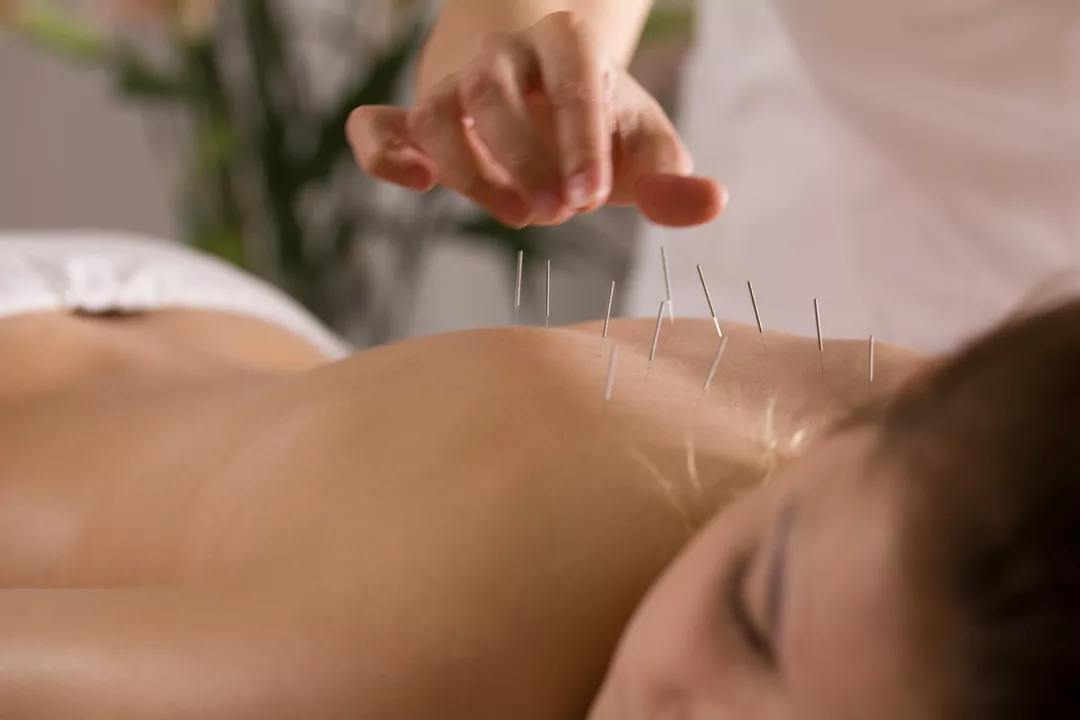Acupuncture is a practical option many people try for pain, tension, nausea, and stress. If you want straight, useful advice—what it helps, how sessions work, and how to stay safe—this page is for you. No fluff, just clear tips you can act on.
How it works: Small, sterile needles are placed at specific points to change local blood flow, nerve signals, and muscle tension. Research shows acupuncture can prompt the release of endorphins and alter brain activity tied to pain. That’s why many people notice lower pain levels or less tension after a few treatments.
Conditions with the best evidence include chronic low back pain, knee osteoarthritis, tension headaches, and migraine prevention. Acupuncture also helps chemotherapy-related nausea and some post-op nausea. For other problems—like insomnia, anxiety, or fertility—the results are mixed. Some patients get big benefits; others see only small changes.
A typical session starts with a short intake about your health and the issue you want to treat. Needles are thin—most people feel a quick pinch or mild ache at insertion, then a dull or warm sensation. Needles usually stay in for 10–30 minutes while you rest. Total visit time is often 30–60 minutes. Wear loose clothes and eat lightly before your appointment.
Safety depends on training and sterile technique. Pick licensed acupuncturists who use single-use disposable needles. Tell the practitioner if you’re on blood thinners, pregnant, have a pacemaker, or a bleeding disorder—treatment can be adjusted. Serious complications are rare but can include infection or organ puncture if done improperly, so checking credentials matters.
Many insurers cover acupuncture for certain conditions; call your plan. Clinics may offer package rates or community sessions at lower cost. If cost is a concern, ask about shorter sessions or group options.
How many visits you need varies. For acute pain, 1–4 sessions may help. Chronic problems often need 6–12 sessions, then maintenance once symptoms improve. Track changes in sleep, pain scores, or activity level so you and your practitioner can judge progress.
Simple self-care between visits helps: gentle stretching, hot packs for tight muscles, and avoiding heavy activity right after treatment. If you feel worse after a session, tell your provider—they can change needle depth, points, or recommend resting strategies.
Choosing a practitioner: Ask if they are licensed, how long they’ve been in practice, whether they use disposable needles, and if they coordinate care with your doctor. Good communication between your acupuncturist and medical team makes treatments safer and more effective.
Acupuncture won’t replace needed medical care, but it can be a useful, low-risk tool for many people. Try one or two sessions to see how your body responds, and always keep your primary care provider in the loop when changing pain or medication plans.

In my recent exploration of alternative medicine for gouty arthritis, I discovered some fascinating therapies. Acupuncture, for instance, has shown promising results in reducing inflammation and pain. Massage therapy, too, can be beneficial in alleviating discomfort and improving mobility for arthritis sufferers. Additionally, I delved into the world of herbal remedies and found that some natural supplements may help manage symptoms. Overall, the world of alternative medicine offers exciting possibilities for those struggling with gouty arthritis, and I can't wait to share more about these treatments with you all.
More